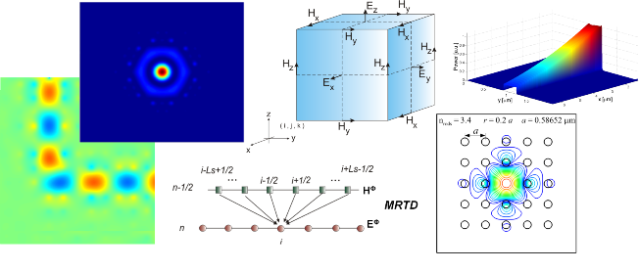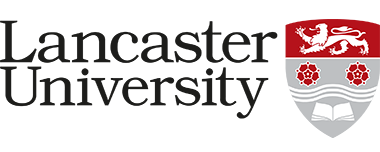COMPUTATIONAL ELECTROMAGNETICS
KEY FACTS
Devices
- Waveguides
- Smart Materials
- Travelling Wave Tubes
- NIM Negative Refractive Index Materials
- Resonant Cavities
- Backward Wave Oscillators
- Optical Fibres
- Klystrons
Applications
- Communications
- Satellite
- Radar
- All Optical Signal Processing
People involved
- Five
Resources
- 3D simulation tool
- multicore workstations
- grid
Main journals
- IEEE Microwave and Wireless Components Letters
- IEEE Trans. on Electron Devices
- IEE Photonics technology letters
- Optical and Quantum Electronics
- Applied Physics
- International Journal of Electromagnetic Wave and Applications
Main conferences
- SPRC Annual symposium
- OWTNM Optical Waveguide Theory and Numerical Modelling
- CEM-TD Computational Electromagnetic Time Domain
- SIOE Semiconductor and Integrated Optoelectronics
Why it is important
Many devices based these novel technologies usually present patterns with complicated topological features which require a detailed and accurate modelling process in order to be engineered. Analytical models offer a fast way of modelling these types of devices. However, analytical models suffer from poor accuracy which derives from assumptions and approximations made in order to maintain the model sufficiently simple to be effectively handled. Commercial numerical packages can offer a solution for the simulation of such devices. However some of them can be restricted to the simulation of particular classes of problems or may require huge computational resources which can limit their flexibility. For this reason, comprehensive and accurate theoretical models need to be included in advanced computational techniques capable to solve the numerically challenging problems consisting of a set of linear, non-linear or coupled differential equations. In this way:
- the simulation of devices with complex topological features can be delivered with reliable and accurate results;
- novel devices based on novel technologies such as Photonic Crystals (PhC) and Metamaterials can be easily engineered.
Our mission
- Exploit advanced numerical techniques for the design of novel devices for a wide range of applications;
- Develop new analytical and numerical tools for the analysis and design of a wide range of devices;
- Develop new models for the accurate representation of material properties to be exploited for novel applications (e.g. Plasmonics solved through Auxiliary Differential Equation (ADE) scheme).
What we did
Developed an extensive in-house numerical package with a wide range of advanced numerical techniques such as:
- Finite Difference Time Domain (FDTD) method;
- Multi Resolution Time Domain (MRTD) method;
- Finite Volume Time Domain (FVTD) method;
- Alternating-Direction-Implicit (ADI) FDTD method;
- Complex-Envelope (CE) ADI-FDTD method;
- Developed and implemented models such as Drude, Drude-Lorentz, Drude Critical Points, for the simulation of dispersive metallic and dielectric materials.
What we will do
- Develop new analytical and numerical tools for the analysis and design of a wide range of devices;
- Develop new models for the accurate representation of material properties to be exploited for novel applications (e.g. Plasmonics);
- Develop novel genetic algorithms for optimisation problems;
- Develop novel algorithms for the full exploitation of the power computation of HPC;
- Develop new numerical techniques for the realisation of more efficient and more accurate Particle-In-Cell (PIC) codes.
Who we are looking for
Students that like interdisciplinary approaches, full of initiative and ready to overcome new frontiers. Electronics, physics, electromagnetism, materials science, chemistry, basics of programming are the required backgrounds.









